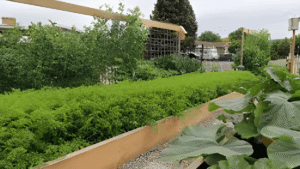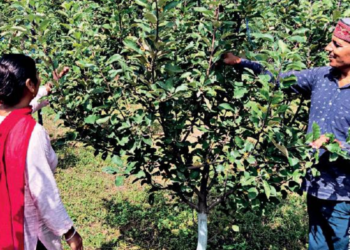Permaculture is not a new concept. In fact, it has been around for decades. Unfortunately, many people still don’t know what permaculture is and its importance in our world today. Permaculture is more than just a design system. It’s a way of thinking about how we live on this planet so that we can continue to thrive indefinitely.
A lot of people are confused by permaculture because they think it’s an alternative lifestyle or just another word for organic gardening. We see the problem with permaculture as one of awareness and accessibility; it isn’t well-known enough or easily accessible enough for everyone who wants to learn!
What is the problem with permaculture education?
A big problem with permaculture education is that people don’t know what permaculture is or what to expect from a permaculture course. It can be quite confusing for someone to research permaculture for the first time, as there is a lot of vague information online that isn’t very helpful.
There is a lot to permaculture, so it’s normal to feel confused and overwhelmed when trying to learn about it. First, people often confuse permaculture with organic gardening, backyard farming, or suburban homesteading, when permaculture is actually so much more than that.
It’s a design system for creating sustainable human systems and growing food, as well as many other things. Permaculture can be applied to your whole life and your whole property, or just a small part of it.

Permaculture is often taught poorly.
Another problem with permaculture education is that it is often taught poorly. Some teachers are not well-informed or are just poor teachers. Others have only recently learned about permaculture themselves and are still figuring out the best ways to teach it.
As with any topic, it is important to find a teacher who is knowledgeable and passionate about the subject.
Permaculture is too expensive and exclusive.
Permaculture is too expensive and exclusive for many people who would benefit from it. It is true that a lot of high-quality educational resources aren’t cheap, but there are some options for free or low-cost education, as well as information that is available for free online.
Although, for some people, the cost of a permaculture course or a permaculture book is simply too much.

The lack of diversity in permaculture education.
Permaculture has a lack of diversity among its teachers and its students. This is a huge problem because permaculture is supposed to be inclusive and be designed for everyone, but it seems like the people who are designing and teaching permaculture courses just aren’t very inclusive.
Permaculture is supposed to be designed for all types of people, all types of climates, and all types of growing systems. Unfortunately, many courses and books are predominantly designed for temperate climates and people who live in cities. There are some great online resources, but there are too few of them.
Permaculture certification programs are too expensive.
The last problem with permaculture education is that certification programs are too expensive. Many people can’t afford the price of certification, which is often well over $1000. Many people who want to pursue a career in permaculture can’t afford the cost of certification, which makes it difficult for them to get their foot in the door.

Concluding Thoughts
Permaculture is an important design system for creating sustainable human systems. It is easy to confuse permaculture with organic gardening, backyard farming, or suburban homesteading, but it is so much more than that.
Permaculture is a way of thinking about how we can design our whole lives and our whole property, or just a small part of it so that we can continue to thrive indefinitely and without destroying the planet. It is easy to get overwhelmed when learning about permaculture because there is so much information out there and it can be difficult to know what is reliable.
There are a few problems that we see with permaculture education and they include the fact that permaculture is often taught poorly, it is too expensive and exclusive, there is a lack of diversity in permaculture education, and there are a few problems with permaculture certification programs.
Also read: The Challenges of Permaculture













